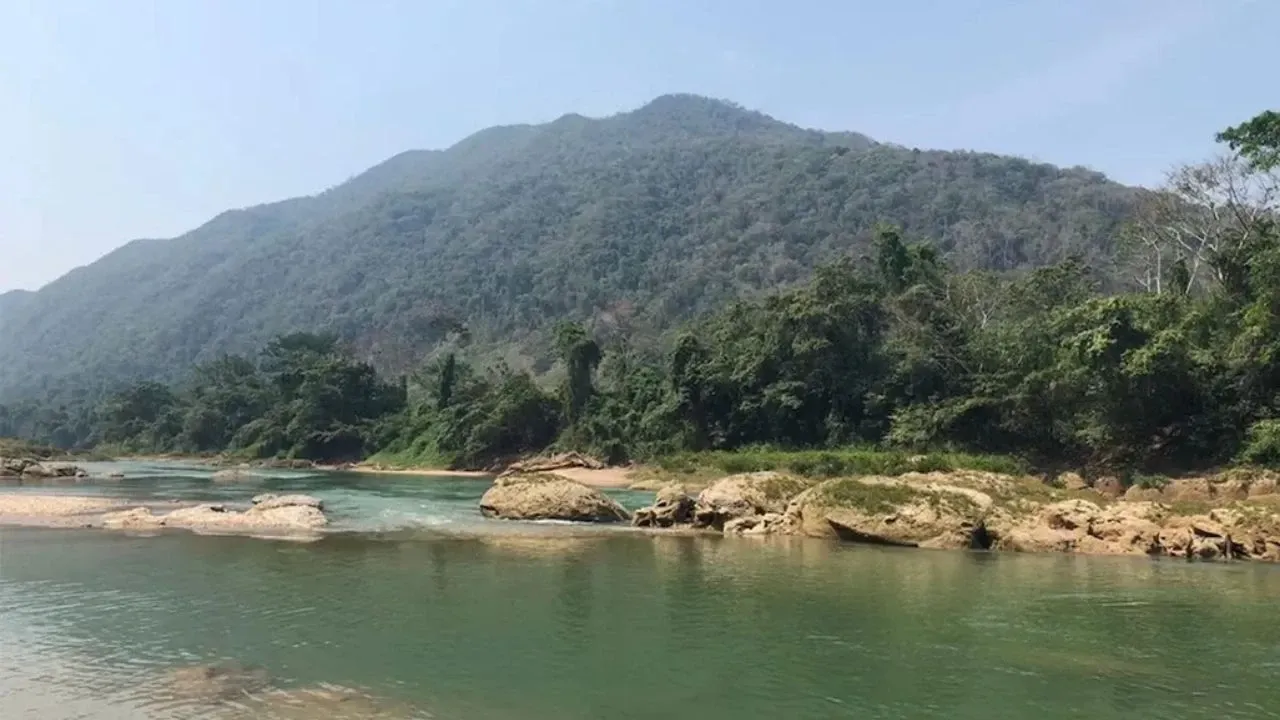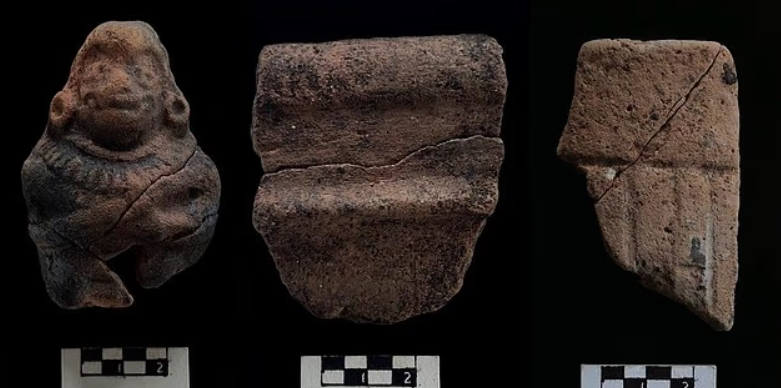The lost city was discovered 330 years later using a method never used before.

The lost city of Sac Balam was built by the Lakandon Ch'ol people who fled Lakam-Tun, which was abandoned by the advancing Spanish conquistadors in the late 1500s. This new fortress resisted Spanish attacks for approximately 109 years.
In the late 1570s, under pressure from Spanish conquistadors, the Lakandon Chʼol migrated from their former capital of Lakam-Tun and sought refuge in the forests near the present-day Guatemala border.
There, they established a new fortress called Sac Balam (or Sak Bahlán) and continued to resist until 1695. However, by the end of that year, the city had fallen and the population had disappeared into the forest. The local population was then forcibly relocated to other areas, where most of them were wiped out by the mid-18th century.
DISCOVERED WITH A METHOD NEVER USEDToday, scientists rediscovered this lost city using a method never before used. According to the Daily Mail, Josuhé Lozada Toledo of Mexico's National Institute of Anthropology and History (INAH) located the lost city using GPS and Geographic Information Systems (GIS).
Toledo mapped the location of Sak Bahlán based on the diary of Diego de Rivas, a priest in the region in the late 17th century, Lozada said. "We translated the data from these historical documents into modeling to find the lost city," Lozada Toledo said.
IT MEANS WHITE JAGUARSac Balam means "White Jaguar" in Mayan, a name that symbolizes the region's harsh geography and its hidden location within the jungle.
Lozada Toledo noted that the area was not only teeming with wild animals and plants but also surrounded by high mountains. "This was a place where the locals could easily hide while fleeing the Spanish invaders," he said. Today, reaching this city requires long hours of hiking and camping in the forest.
After Sac Balam was captured by the Spanish in 1695, it was renamed Pueblo de Nuestra Señora de Los Dolores (Village of Our Lady of Sorrows). However, a massive massacre took place in the city, and the survivors were deported to Guatemala. No news of Sac Bahlán has been heard from since.
SOME REMAINS WERE DISCOVERED LAST YEARLast year, an expedition supported by the Discovery Channel uncovered some of the ruins and structures of the lost city. Excavations at the foot of the hill and deep in the forest revealed some remains of walls and stone artifacts buried underground.

Scientists participating in the excavations have found ancient Mayan pottery, ceramic figurines, and tools made from stones such as obsidian. Dr. Lozada Toledo stated that their discoveries are invaluable because they will teach us a great deal about the lifestyle and culture of the Mayan people of this region.
SÖZCÜ






